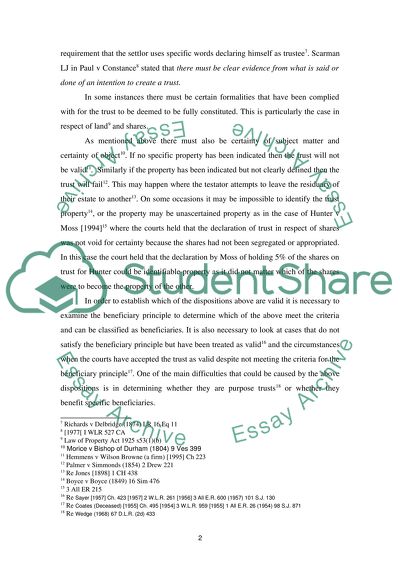Cite this document
(“The Law of Trusts Essay Example | Topics and Well Written Essays - 2500 words”, n.d.)
Retrieved from https://studentshare.org/law/1539584-the-law-of-trusts
Retrieved from https://studentshare.org/law/1539584-the-law-of-trusts
(The Law of Trusts Essay Example | Topics and Well Written Essays - 2500 Words)
https://studentshare.org/law/1539584-the-law-of-trusts.
https://studentshare.org/law/1539584-the-law-of-trusts.
“The Law of Trusts Essay Example | Topics and Well Written Essays - 2500 Words”, n.d. https://studentshare.org/law/1539584-the-law-of-trusts.


